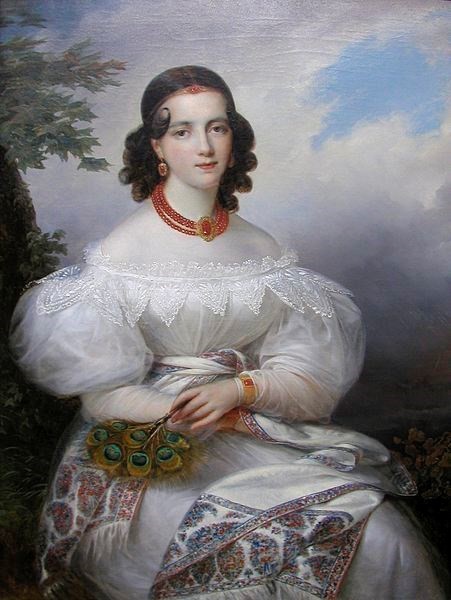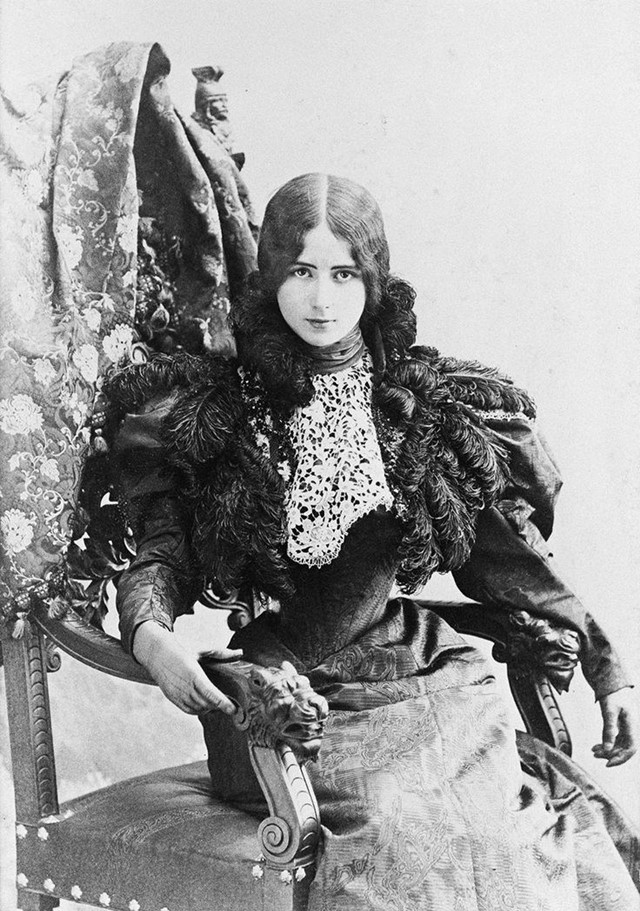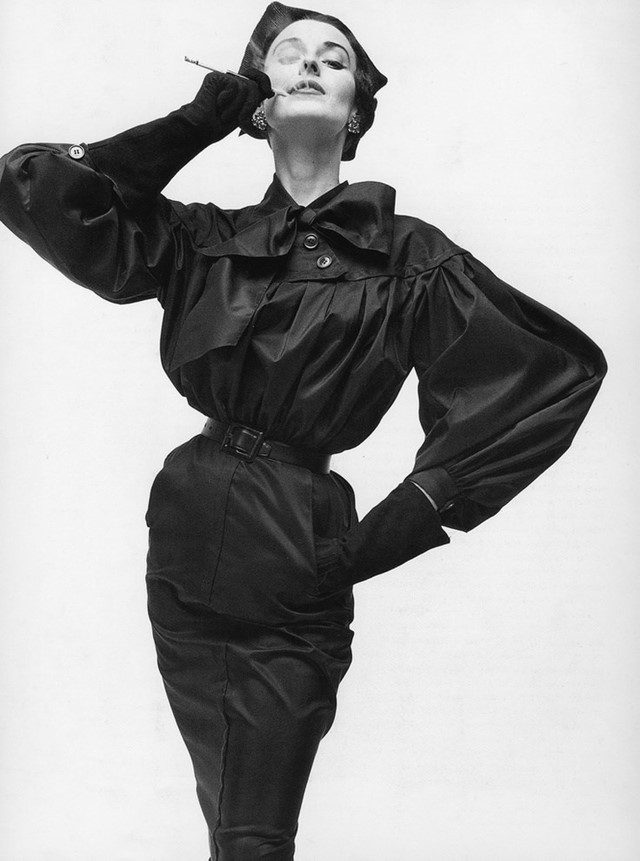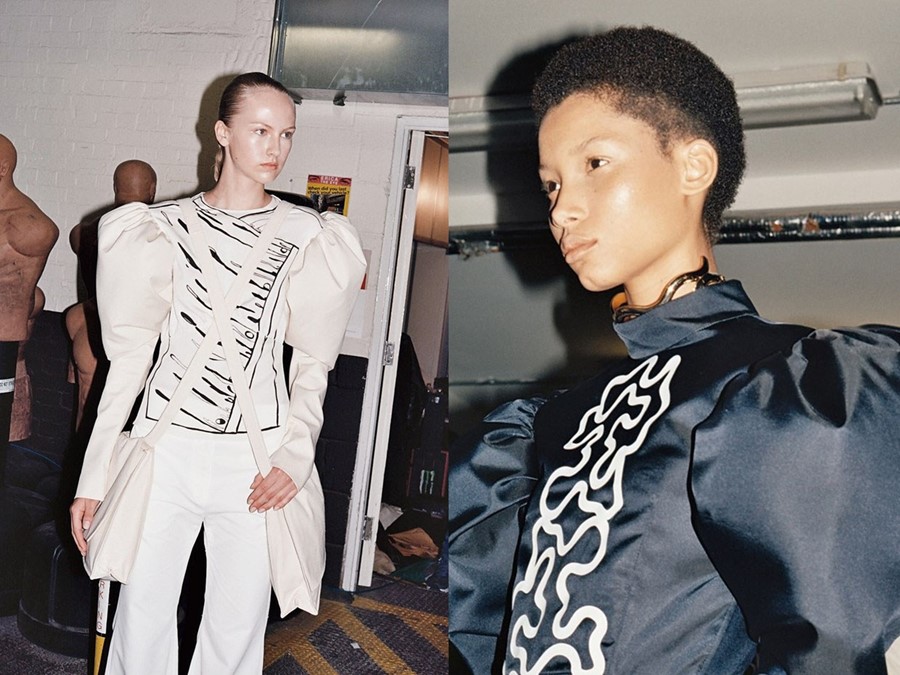In her new monthly column, curator Shonagh Marshall traces the visual representation of a fashion trend through the ages. Here, she considers the leg of mutton sleeve
The leg of mutton sleeve (also known in French as the gigot sleeve) was initially named due to its unusual shape: formed from a voluminous gathering of fabric at the upper arm that tapers to a tight fit from the elbow to the wrist. First seen in fashionable dress in the 1820s, the sleeve became popular between approximately 1825 and 1833 – but by the time Queen Victoria ascended to the throne in 1837, the overblown sleeves had completely disappeared in favour of a more subdued style. The trend returned in the 1890s, sleeves growing in size – much to the ridicule of the media – until 1906 when the mode once again changed. This distinct upper body silhouette has inspired designers at numerous points throughout the twentieth century – and the Spring/Summer 2016 collections have seen a determined reappearance of the sleeve shape, with designers such as J.W. Anderson using the historical pattern to craft a contemporary silhouette. Here, we trace its visual representation through the ages: from the portraiture of François Joseph Kinsoen to the iconic photography of Irving Penn.

The 19th Century Princess
François Joseph Kinsoen captures his sitter within a romantic setting, her gaze exuding an air of carefree sophistication. Dressed in fashionable clothing, her pale shoulders are exposed, creating a soft sloping line to the leg of mutton sleeve. In the 1820s, sloping shoulders were viewed as a sign of beauty; this ideal, inspired by the Romantic Movement, was thought to imply that a woman was pining for her lover. This period also saw sleeve proportions employed to create a silhouette that complimented the width of skirts and the elaborate headdresses donned by the elite. From the peacock fan and Kashmir shawl with paisley design wrapped around her waist, we can deduce that the princess is wealthy – a trend for wearing exotic items being particularly fashionable within the upper classes during this period.

The Belle Époque Auteur
Cléo de Mérode was a French dancer during the Belle Époque era. Here, she sits for photographer Charles Ogerau wearing the fashionable clothing of the day. Her overblown sleeves accentuate her tiny corseted waist – the intention of the leg of mutton style during this period. In his book Cléo de Mérode and the Rise of Modern Celebrity Culture, Michael Garval argues that Mérode resolutely took charge of her own image, instructing the photographers that captured her and creating a style that he terms ‘à la Cléo’. Consequently, photographs of Mérode were widely circulated both within the press and sold in shops. This portrait captures her staring defiantly into the camera with a determined sense of control, the character she plays is every part the fashionable Parisienne.

The Mid-Century Icon
Irving Penn photographs this Balenciaga ensemble with a strong emphasis on its linear structure and model Dorien Leigh’s pose – her hand placed just below her hip – accentuating the circular shape of the leg of mutton sleeve. Cristóbel Balenciaga is credited with altering the fashionable silhouette for women in the mid-twentieth century; known amongst his peers as "the Master" he was an expert tailor and, unlike other couturiers, he was able to drape, cut and fit his own toiles. Penn, a fan of Balenciaga’s designs, perfectly captures the spirit of the house here; through the use of black and white photography, he constructs a graphic depiction of the brand's focus on form and fit.
